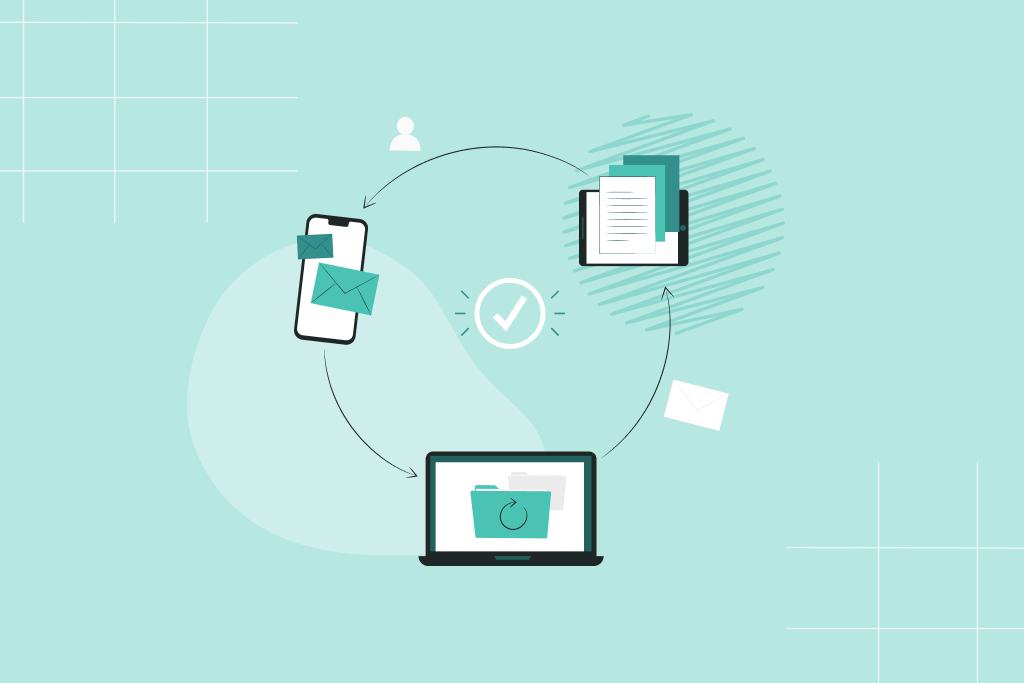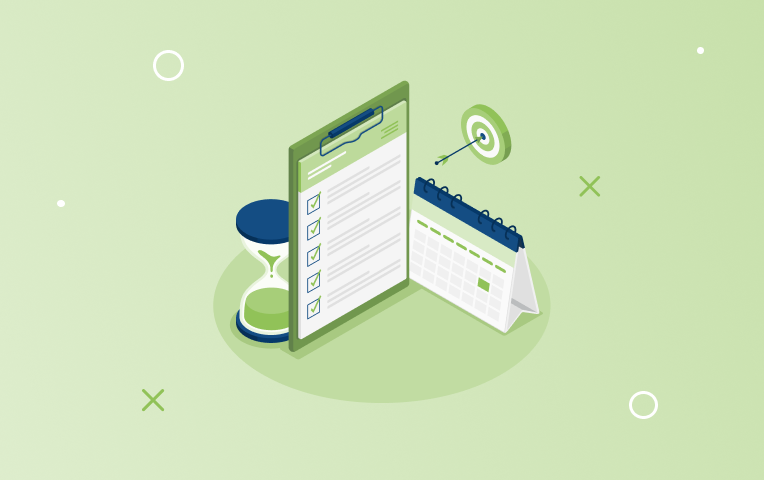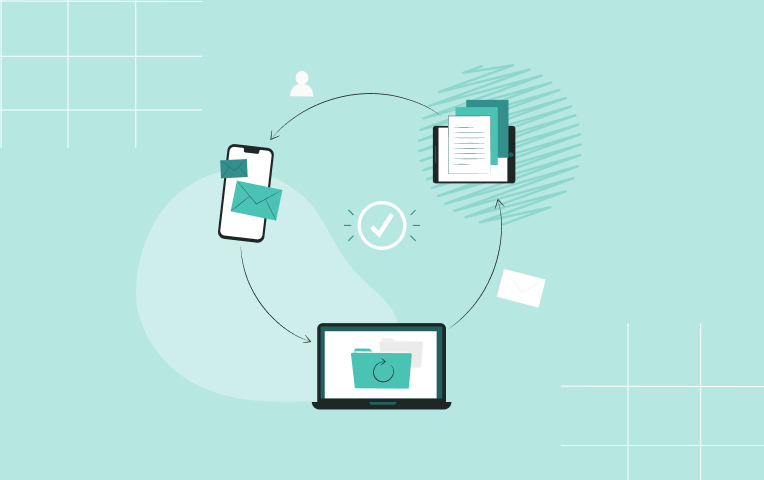Note: This article originally appeared in the CPA’s Payroll Service & Technology Supplement.
Do the terms AI and RPA freak you out a little bit? For some, they conjure images of robots working away in rooms devoid of life and personality. While there’s some truth to the sterility of robotics, there’s no denying the benefits of integrating them into your system. For payroll professionals, AI and RPA will clear the clutter of make-work tasks and set the stage for payroll as a core strategic function.
Let’s start with some basic terminology. You may hear AI and RPA used in the same settings. To clear any confusion, AI is Artificial Intelligence and RPA is Robotic Process Automation. RPA is the use of software/specialized computer programs to standardize and automate repeatable business processes, whereas AI is technology that has the capacity to get smarter over time. The general term is machine learning. As a machine gets smarter, its capabilities like problem-solving and predictive abilities will increase. In payroll, AI will be beneficial for self-service support, reporting requests, and technical troubleshooting.
Unlike AI, RPA programs perform the same way every time. They don’t learn from repetition or come up with a better way of doing a task. Think of them as virtual assistants that take on your not-so-complicated repetitive tasks and perform them exactly as instructed every time – saving you time and increasing efficiency.
For organizations, both AI and RPA can help to increase client and employee satisfaction while reducing operational costs.
So, what exactly can AI & RPA do for payroll professionals?
First off, automation is nothing to fear. Incorporating automated functionality and tasks into your processes will reduce those time-consuming tasks that can take up much of your workday.
Payroll management requires you to frequently work with large amounts of data. Sometimes that can mean redundant manual data entry and time-consuming coordination with HR and people management functions. Throw in a pandemic and rapidly changing legislation, and your workload is maxed out.
How technology can improve payroll’s day-to-day
Accurate aggregation and validation
Collecting and sorting the amount of information involved in payroll processing takes up a lot of time and manual effort. Most of that time involves uploading data between HR, time and attendance, and resource planning. Using this approach makes it all too easy to input inaccurate or incomplete data into your system and leaves it up to your payroll team to find and correct it. Sure, errors can be found and fixed, but that just means more time and effort spent on an inefficient system. Automation can streamline your data management. By using application programming interfaces (APIs), you can schedule automatic data transfers between admin systems to greatly reduce time spent on manually doing it yourself. By pairing these automated transfers with data validation systems, your payroll data can be checked for accuracy automatically – before and after processing. This reduces the need for off-cycle runs and results in more accurate data for quality reporting.
Additional payroll support
Payroll support is a necessary part of your job, but also a part of the job that takes extra time when you need to be focused on getting payroll ready for upcoming pay periods. Not many organizations have dedicated payroll support team members to answer questions about paycheques and tax slips, the responsibility typically falls on you, which means you field numerous calls a day to answer frequently asked questions from members of your organization.
The good news is you can automate this process too. AI chatbots can be programmed to instantly answer common payroll questions and converse like humans, saving you hours in phone calls and emails. Chatbots can also learn how to decipher complex questions and direct employees to you or the right team member for a quick resolution. When integrated into self-service applications, an AI chatbot will reduce payroll and HR workloads and empower your employees.
Pattern recognition
We’ve spoken about how manual processes make accuracy and efficiency difficult to achieve. They also make it difficult for you to capture and measure real performance metrics – making it nearly impossible to spot patterns or trends (good or bad) in company performance.
Automating your payroll tasks will mean your data collection improves and will help you with analysis. Having accurate data means you can regularly analyze and find areas for improvement. This is where AI could help you to identify data irregularities, recognize problematic patterns, and over time, automatically implement new rules for processes.
AI will help identify potential errors before they arise. For example, one validation method for payroll is to manually compare one pay period's net pay relative to another. If there are discrepancies, it's a trigger for a payroll professional to dig in and assess. Through AI, there is a greater potential to flag issues, in addition to providing an explanation for the issue. Clarity for the win!
Another example relates to positive pattern recognition. Let's say a company provides RRSP matching based on an employee’s hire date anniversary. AI may recognize a pattern whereby this employee consistently increases their RRSP contribution as their employer's matching grows. Ahead of their anniversary date, payroll could serve a recommended action to check in with the employee and pro-actively ask if there is interest in increasing a contribution.
Going a step further, a more complex example is cross-functional data usage. Let's say someone's compensation has been flat for a period of time, their performance has been poor, and their time off has increased. AI might be able to identify someone at risk of attrition and serve up a warning flag.
See the big picture
There’s a wealth of insightful payroll information waiting for you to discover. With the help of AI-powered automation and analytics, the payroll function will transform from an administrative function to a much more strategic role. As a result, you’ll find your career shifting. You won’t be automated out of a job, but the redundant parts of your jobs will be. Less “import-the-time-batch” and “run-the-payroll” and more focus on strategy and how to use your data to your benefit.
This shift will let you focus on delivering increased value to your organization. It will give you the opportunity to look for new ways to adapt payroll rules and processes to achieve greater productivity, efficiency, and compliance.
How to prepare your organization for the future of payroll technology
Understandably, the introduction of time and labour-saving tech will likely cause a stir within your organization. To help prepare your team, the best thing to do is be transparent, and to ease the anxiety around new technology.
Provide training
This is your team’s chance to upskill and move forward! To help develop fluency with modern technology systems, it’s important to invest in your team and provide them with the tools to learn how to use, manipulate, and contextualize data. Investing in professional development will not only increase payroll’s strength but also your organization’s success.
Move to the cloud
Is your organization on the cloud yet? For payroll professionals, moving to the cloud will help empower the entire organization. Migrating to a cloud solution will free up time for you to be more strategic in your role. The automated features offered from cloud-based solutions give you the opportunity to focus on the big picture – your employees. More organizations transitioning to the cloud means more providers and vendors will have more data to build truly optimized products. Enhanced payroll models are coming and will change the way we work, for the better.
Transparency and change management
As organizations adopt new technologies, it’s crucial your managers communicate with employees about what's being done and what it means for their jobs. By conveying the key benefits of digital transformation, you can assure your team their jobs are safe, and they have a role to play in the progress of the company.
You’ve got this
The future of payroll technology can feel daunting, but if you’re equipped with the right skills, technology, and perspective, you’re sure to flourish in your profession. Just remember, data is your friend and once you move past the mundane tasks that take up too much of your time, you will elevate the role of payroll to a much more strategic function for your business.
Additional Reading
Start planning for the future today
Today’s workforce is different. With working from home becoming the norm, teams need convenient access to their data, tools, schedules, and personal information now more than ever. Learn how moving your Payroll & HR to the cloud will propel your organization into the future, faster.

Start planning for the future today
Today’s workforce is different. With working from home becoming the norm, teams need convenient access to their data, tools, schedules, and personal information now more than ever. Learn how moving your Payroll & HR to the cloud will propel your organization into the future, faster.






